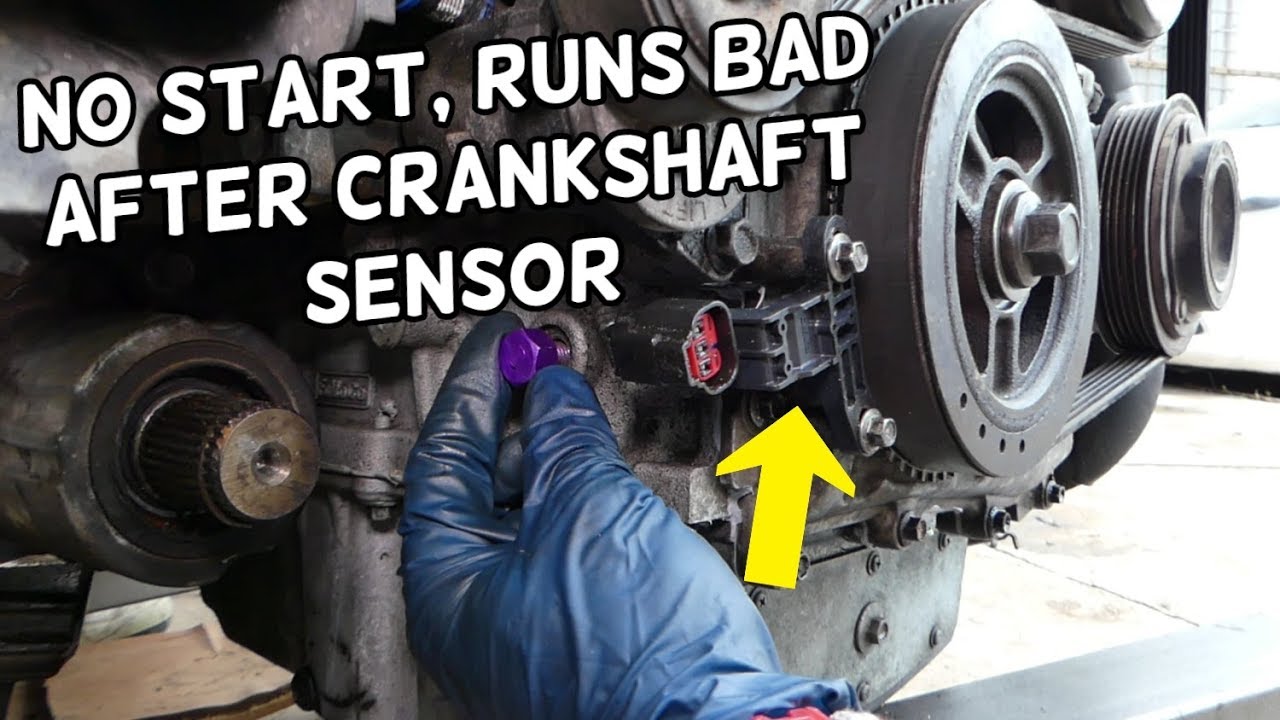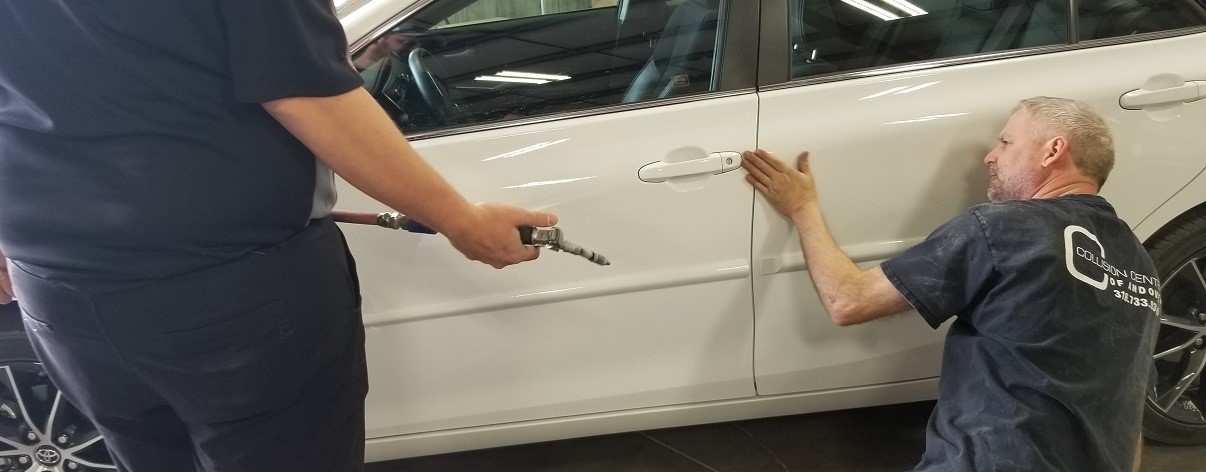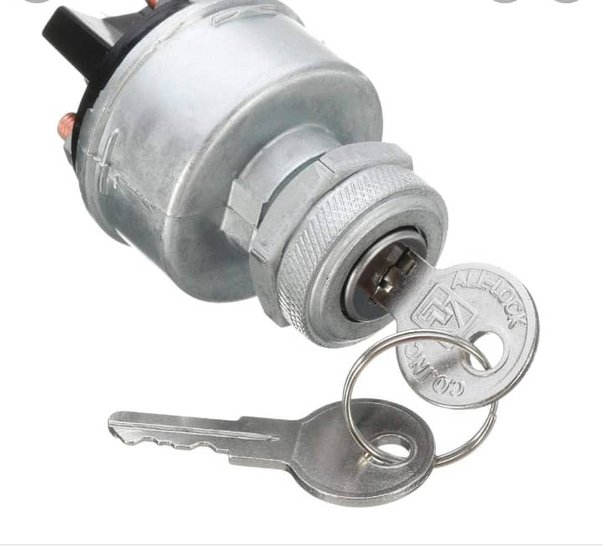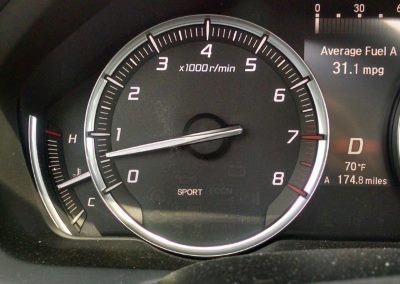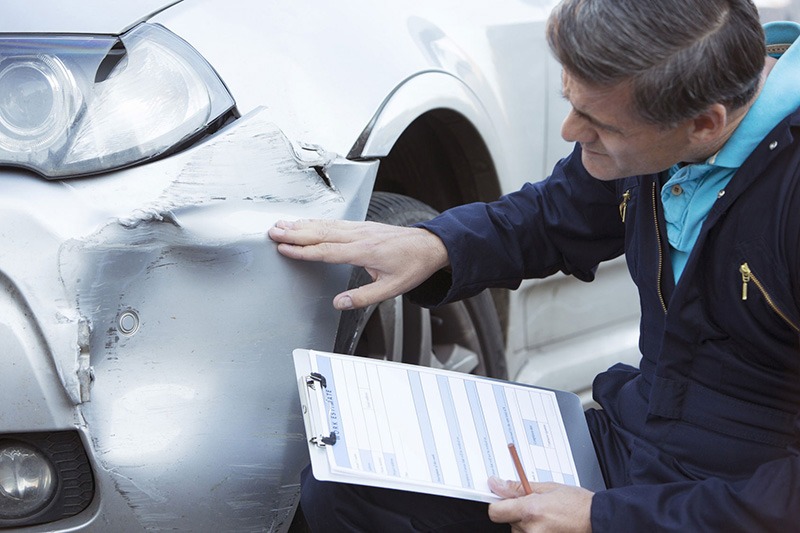How to Reset Crankshaft Position Sensor No Start
To reset a crankshaft position sensor that causes a no start condition, disconnect the battery and then reconnect it after a few minutes. This action can recalibrate the sensor’s error codes and potentially remedy the starting issue.
Crankshaft position sensors are vital to the functionality of modern engines, relaying the position and rotational speed of the crankshaft to the Engine Control Unit (ECU). A malfunctioning sensor can lead to various problems, including an inability to start the engine.
As car owners or technicians tackle this no-start issue, a simple reset may be all that’s needed before delving into more complex troubleshooting. Ensuring the engine is switched off and the key removed is your first step to safety. By momentarily cutting the power, you clear the ECU’s memory, which may resolve temporary glitches affecting the sensor. While this reset may work on some vehicles, others might require a more comprehensive approach, including error code scanning using a professional diagnostic tool.
Symptoms Of A Faulty Crankshaft Position Sensor
A faulty crankshaft position sensor is a critical issue for any vehicle. It can lead to several symptoms that affect the performance and reliability of your engine. Recognizing these signs early can save you time and expensive repairs.
Engine Misfires And Vibrations
The crankshaft position sensor plays a pivotal role in your engine’s timing. Problems with the sensor can result in engine misfires. Misfires make your car’s engine start rough and vibrate unexpectedly.
- Stalling: Your car may stall frequently.
- Hesitation: You might experience hesitation when accelerating.
- Rough idle: The idle may be rougher than usual.
Check Engine Light Activation
Another tell-tale sign of a faulty sensor is the activation of the check engine light. This dashboard warning light is one of your car’s primary ways of alerting you to a problem.
| Diagnostics Code | Indication |
|---|---|
| P0335 | Crankshaft Position Sensor “A” Circuit Malfunction |
| P0336 | Crankshaft Position Sensor “A” Circuit Range/Performance |
| P0337 | Crankshaft Position Sensor “A” Circuit Low Input |
| P0338 | Crankshaft Position Sensor “A” Circuit High Input |
| P0339 | Crankshaft Position Sensor “A” Circuit Intermittent |
If you encounter any of these issues, it’s crucial to address them promptly. Ignoring these warnings could lead to your vehicle not starting at all.

Credit: m.youtube.com
Preparation For Crankshaft Position Sensor Reset
Resetting the crankshaft position sensor can solve ‘no start’ issues in vehicles. This task requires careful preparation. Follow each step to ensure a safe and effective reset.
Safety Measures
Always prioritize safety before beginning the reset process. These measures prevent injuries and protect your vehicle.
- Disconnect the car battery.
- Wear protective gear like gloves and goggles.
- Work in a well-ventilated area.
- Use proper tools for the job.
- Keep a fire extinguisher nearby.
Locating The Crankshaft Position Sensor
Locating the sensor is critical. The position varies by vehicle make and model. Check the vehicle manual for specific location details.
| Vehicle Type | Sensor Location |
|---|---|
| Sedan | Front of engine block |
| SUV | Near the transmission bell housing |
| Truck | Behind the starter |
In some vehicles, removing components may be necessary. It might be behind the starter or close to the flywheel. Take note of bolt sizes and locations for easy reassembly.
Diagnostic Steps Before Resetting
When a vehicle fails to start, one common culprit might be the crankshaft position sensor. Before resetting this sensor, some diagnostic steps are crucial. These ensure the problem lies within the sensor itself and not elsewhere.
Checking Sensor Connection
A poor or corroded connection can cause sensor malfunctions. Begin by locating the sensor, typically near the crankshaft pulley. Proceed with the following checks:
- Inspect wiring for damage or wear.
- Look for signs of corrosion on the connector.
- Ensure the connector is firmly seated.
Testing Sensor Output Signal
To confirm the crankshaft position sensor’s functionality, perform an output signal test:
- Disconnect the sensor.
- Set a multimeter to the AC voltage.
- Crank the engine and observe the multimeter.
A good sensor will show a fluctuating voltage. No change indicates a faulty sensor.
Resetting The Crankshaft Position Sensor
The crankshaft position sensor plays a crucial role in your engine’s performance. It ensures optimal timing for fuel injection and ignition. A faulty sensor can lead to a ‘no start’ condition. Resetting this sensor may resolve such issues. Follow these simple steps to reset your crankshaft position sensor.
Disconnecting The Battery
First, ensure safety and cut the power. This step will prevent any electrical damage or shorts.
- Turn off your vehicle’s engine.
- Locate the battery and find the negative terminal.
- Use a wrench to loosen the nut on the negative terminal.
- Detach the negative cable from the battery.
Wait for a few minutes. This will clear saved data in the car’s computer.
Relearning Process Post-reset
After resetting, your car needs to relearn idle and driving conditions. Let’s get it right.
- Reconnect the negative cable to the battery.
- Start the engine and let it idle for a few minutes.
- Drive your vehicle for at least 5 miles to allow the computer to relearn.
The relearning process involves your vehicle adjusting to changes. Be patient for accurate sensor readings.
Troubleshooting After The Reset
Resetting the crankshaft position sensor may resolve a no-start issue. But what if the engine still won’t start? In this section, we’ll guide you through the next steps to diagnose the problem and get your engine running smoothly again.
Verifying Engine Start
After you reset the crankshaft position sensor, try to start the engine. Listen for the engine to crank. It should sound regular and smooth. Watch for warning lights on the dashboard. They can tell you if another issue is present.
- Check for proper connection of the sensor.
- Look at the battery voltage. It should be strong enough to start the engine.
- Inspect fuel system pressure if the engine cranks but does not start.
Considerations If No Start Persists
If your engine still won’t start, additional diagnostics are necessary. Here’s a checklist to help narrow down the cause:
| Check Area | Action | Expected Result |
|---|---|---|
| Ignition System | Test spark plugs and wires | Strong spark visible |
| Fuel System | Analyze fuel pump operation | Proper pressure detected |
| Electrical Connections | Assess wiring and connectors | No loose or damaged parts |
If diagnostics return normal but the engine won’t start, consult a professional mechanic. Sometimes, the issue might be with the car’s computer system or a part not working as it should.

Credit: www.totalcardiagnostics.com
Maintenance Tips To Avoid Future Sensor Issues
Keeping a crankshaft position sensor in great shape means fewer unexpected car troubles. Proper maintenance helps avoid a ‘no start’ scenario. Heed these pointers to keep your vehicle’s heartbeat steady and strong.
Regular Check-ups
Bold maintenance habits extend sensor life.
- Inspect wiring – Look for wear or damage.
- Test sensor – Use a scan tool regularly.
- Clean connections – Remove oil or dirt buildup.
- Follow service intervals – Manufacturer recommendations matter.
Catching issues early means simple resets, not full replacements.
Handling Sensor-specific Error Codes
Error codes can signal crankshaft position sensor problems.
- Use a code reader – Identify the error with the right tool.
- Understand the code – Different numbers point to specific problems.
- Reset or react – Some errors need a sensor reset, others need expert attention.
Act on errors promptly to prevent no-start issues.
Regular care makes for a reliable ride. Treat sensors well for a smoother drive.

Credit: www.reddit.com
Frequently Asked Questions For How To Reset Crankshaft Position Sensor No Start
Can Resetting Crankshaft Sensor Fix Starting Issues?
Yes, resetting the crankshaft position sensor can potentially resolve starting issues. If the sensor’s signals are disrupted, the engine may not start. Resetting it reestablishes proper communication with the engine’s management system, possibly fixing the no-start condition.
What Steps Are Involved In Resetting The Sensor?
Typically, resetting the crankshaft position sensor involves disconnecting the battery, locating the sensor, unplugging it, and reattaching after a short wait. Always consult your vehicle’s manual for specific instructions as procedures may vary by model.
Does A Faulty Crankshaft Sensor Trigger A Check Engine Light?
Yes, a faulty crankshaft position sensor often triggers the check engine light. This is due to the sensor sending incorrect data to the engine control unit, which then activates the warning light as an alert to the driver.
How Do I Diagnose A Bad Crankshaft Position Sensor?
Diagnosing a bad crankshaft position sensor entails checking for trouble codes with an OBD-II scanner, observing erratic engine behavior, and inspecting the sensor for damage or wiring issues. A mechanic can perform a precise diagnosis using specialized tools.
Conclusion
Resetting your crankshaft position sensor can be a straightforward fix for a ‘no start’ issue. Tackling the problem with the steps provided should restore your engine’s function. Remember, regular maintenance helps prevent such issues. Need further assistance? Consult a professional mechanic.
Drive safe and stay informed!

